Drought: Portland Area Water is Good Short-term, But Potentially “Scary” in the Future
Thursday, May 21, 2015
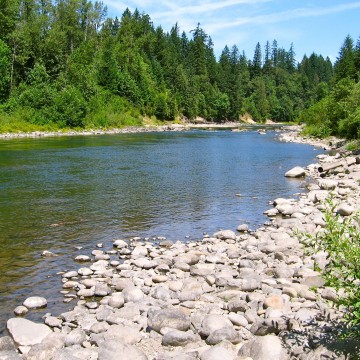
Clackamas River flowing through Milo McIver State Park via Wikimedia CC.
“If late spring (April through June) precipitation totals end up being in the typical range, the city would anticipate a relatively normal summer water supply situation,” said Jaymee Cuti, a spokesperson for Portland Water Bureau.
Portland serves about 950,000 customers—about a quarter of the state population. The city gets its water from the Bull Run watershed off the Sandy River, and has reservoirs to hold enough water for dry summers. The Bull Run is mostly rainwater fed and also typically receives three to four times more rain than the city of Portland. This year, Bull Run has received 93 percent of the historic average of rainfall so far, but the “water year,” which began in October 2014 isn’t over until September.
Edward Campbell, resource protection and planning director for Portland Water Bureau, explained that the rainfall data doesn’t yet include May and that typically, the city expects a decent amount of rainfall through June.
The Joint Water Commission, which provides water for much of Washington County (about 250,000 customers), also has stored water supplies to get water users through typically dry summers.
Clackamas County water providers has very little reservoir space, however, and said that drier winters would eventually put stress on supply.
“In the Willamette Valley we’ve seen somewhat dry weather, and we haven’t had as much snow pack, but we’re pretty normal because we’ve gotten our normal precipitation rate,” said Kim Swan, water resource manager at Clackamas River Water Providers, which includes five different municipalities that provide water for 350,000 people mostly around Clackamas County. “Although people are hearing about (a drought) in other parts of Oregon and California, we’re not as concerned about it in the valley just yet.”
However, “if we have three or four years of winters like this winter it could potentially be a different story,” she added.
“If this cycle were to continue and worsen then all the water providers would have an issue. It could get worse,” reiterated John Collins, general manager of the South Fork Water Board, which provides water to Oregon City and West Linn through the Clackamas River.
A worse case scenario could also cause some revenue shortfall for municipalities, depending on how their water rates are structured. Kari Duncan, water treatment plant manager in Lake Oswego, explained that if customers were required to cut back water use, their bills would go down while the fixed costs of the infrastructure would remain the same.
Collins agreed, “We don’t run with a lot of extra cash; hitting our revenue is important.” But added, “it’s not as crippling as you might think.” Variable costs such as the amount of electricity to pull water out of the river or the chemicals used in treating water would go down, so revenue loss wouldn’t likely be drastic.
Looking at trend data over five years, the Clackamas River is low for this time of year, though not low enough to trigger any actions from water providers.
The U.S. Geological Survey gauges stream flows multiple times every day. On May 20, the flows averaged 1,500 cubic feet per second (cfs)—the lowest it’s been on this day in any of the five previous years. It was at 35 percent of the mean historical flow or 41 percent of the median for the previous 13 years.
Below is a snapshot of stream flows over the course of five years at the Clackamas River gauge at Oregon City:
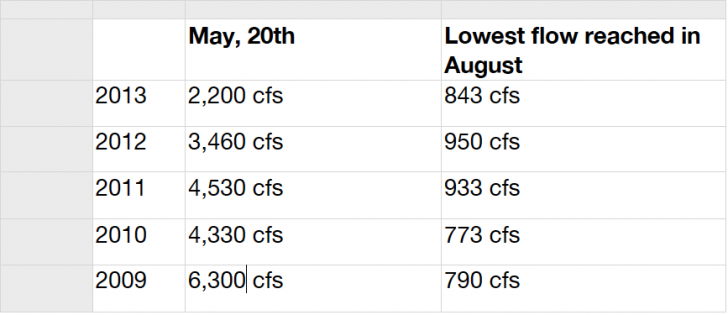
(*2014 data is not yet available)
Looking at a trend line, however, would give a better understanding of the river flow over time. Flows can vary widely year to year without going below levels required by the Oregon Water Resources Department.
A summer stream flow isn’t necessarily doomed because of a low May stream flow. “It’s even possible that with a dry year, that the Clackamas will continue to have good stream flows throughout the summer,” said Duncan. “Its lower than average, but over the years, you have wet years, you have dry years; the stream goes up and down depending on rainfall.”
“No one is predicting a robust water year for the Clackamas but I don’t think anyone is predicting doom and gloom either. There should be an ample supply of water,” said Collins.
Rainfall affects the flow, but the Clackamas River is fed mostly by underground aquifers, which would take several years to deplete.
Water shortages are likely to be worst in watersheds east of the Willamette Valley, where snowpack plays a bigger role in feeding municipal water.
And, even though revenue shortfalls are a possibility in the worse case scenario, water municipalities would still have to restrict customer water use in order to comply with state requirements.
Most have stages of curtailment that are triggered by certain conditions, though these differ slightly between water providers. Trigger levels are also based on the amount of stream flow needed to keep fish populations healthy.
“We have been looking at Stage 1, a voluntary curtailment stage, and speaking with colleagues … to try to determine if we’re there,” said Duncan.
In Lake Oswego, Stage 1 is essentially a drought warning that would encourage customers to voluntarily conserve water.
If the governor declared a drought in Clackamas County, Stage 2 would go into effect, and the city would be required to prohibit or limit certain water uses. Curtailment strategies vary, as well, but could restrict things such as:
- filling pools
- washing roofs, decks or siding
- washing sidewalks or driveways
- using water for dust control
- watering lawns
Swan added that conservation is always important no matter the weather conditions. Conserving in the summer is especially important because municipalities may feel the pressure to upgrade infrastructure just to meet peak demand on especially hot days—which might only happen five times in a year.
Related Slideshow: Oregon Industries Jeopardized by Warm Weather
The balmy weather Oregon is experiencing, although pleasant, does not bode well for some of the state’s biggest industries.
The early, hot spring has posed risks to Oregon’s wine industry, crops, forest services, apiculture (bees), outdoor recreation such as rafting, and has taken a serious toll on the state’s winter recreation industry.
Related Articles
- Early Strawberry Season One Sign of Late Summer Drought
- Why Oregon Doesn’t Have More Forests Sold for Carbon Credits

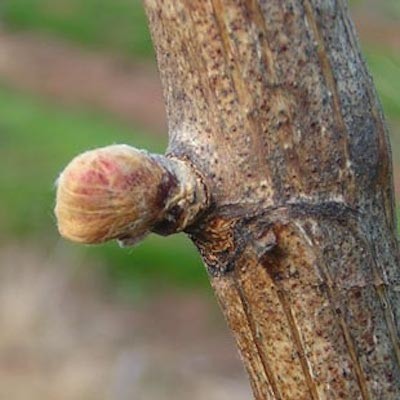
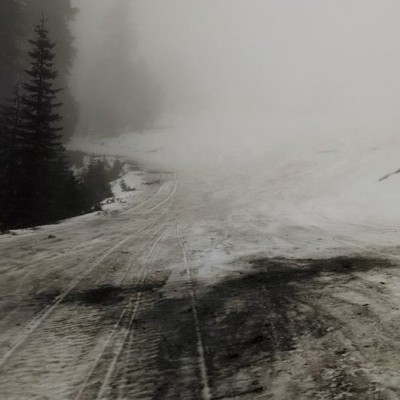
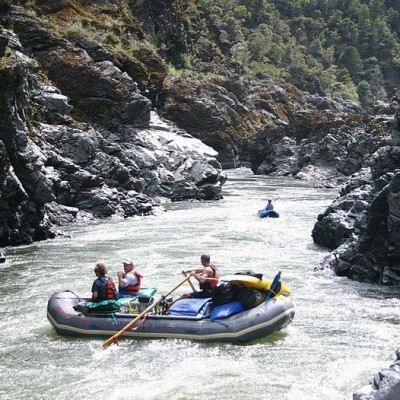
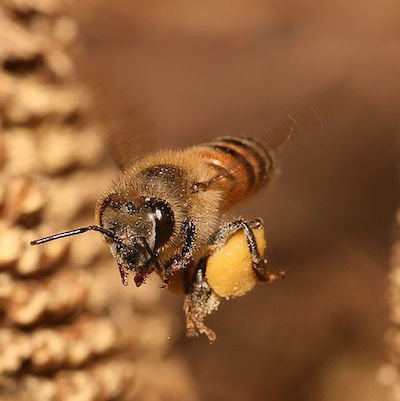
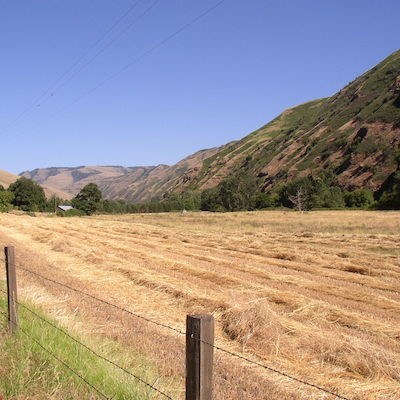
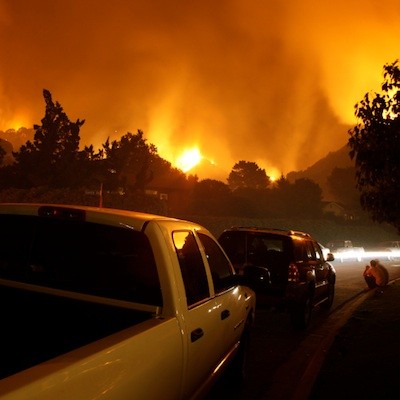









Follow us on Pinterest Google + Facebook Twitter See It Read It